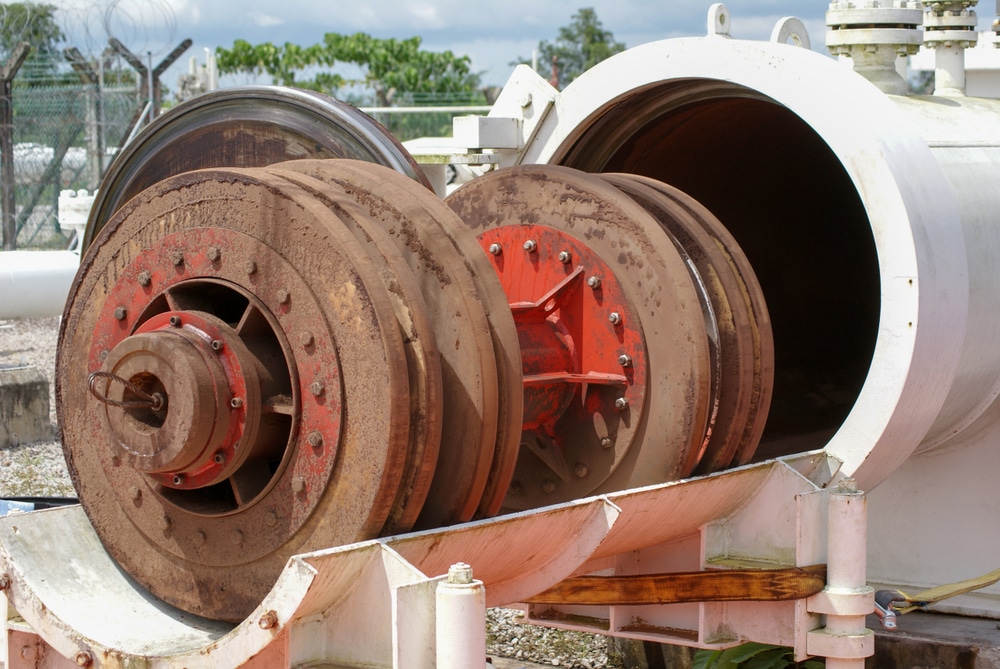Pipeline pigging is crucial to maintaining the efficiency and safety of pipelines in various industries. It involves using devices known as pigs to clean, inspect, and maintain pipelines.
This article will explore real-world examples and case studies of successful pipeline-pigging operations. These case studies highlight best practices, innovative techniques, and the positive outcomes of effective pigging strategies.

Understanding Pipeline Pigging
Pipeline pigging is a maintenance process where a device, commonly called a pig, is inserted into the pipeline to perform cleaning, inspection, and other maintenance tasks. These pigs are essential for ensuring pipelines remain free of obstructions, corrosion, and other issues that could compromise their functionality.
Case Study 1: Enhancing Pipeline Efficiency in the Oil and Gas Sector
Background
A leading oil and gas company faced significant challenges with pipeline efficiency due to accumulated debris and corrosion. The company decided to implement a comprehensive pigging program to address these issues.
Solution
The company achieved its maintenance goals by using a combination of cleaning pigs and intelligent pigs. Cleaning pigs removed debris and corrosion, while intelligent pigs provided detailed inspection data.
Outcome
The pigging operation significantly improved pipeline efficiency. The company reported a 30% increase in flow rates and substantially reduced maintenance costs. The detailed inspection data also helped identify potential problem areas, allowing for proactive maintenance.
Case Study 2: Preventing Blockages in Water Pipelines
Background
A municipal water utility faced recurring blockages in its water pipelines, leading to service disruptions and increased maintenance costs. The utility implemented a regular pigging schedule to prevent blockages and maintain service reliability.
Solution
The utility regularly employed foam pigs to clean the water pipelines. The foam pigs were chosen for their flexibility and ability to navigate pipelines of varying diameters.
Outcome
Regularly using foam pigs effectively prevented blockages and maintained smooth water flow. The utility reported a significant reduction in service disruptions and maintenance costs. The reliable water supply improved customer satisfaction.
Case Study 3: Ensuring Pipeline Integrity in the Chemical Industry
Background
A chemical manufacturing company needed to ensure the integrity of its pipelines to prevent leaks and contamination. Therefore, a pigging solution was required to provide both cleaning and inspection capabilities.
Solution
The company used magnetic pigs to clean the pipelines and remove ferrous debris. Additionally, intelligent pigs with advanced sensors were deployed to inspect the pipelines for any signs of wear or damage.
Outcome
The pigging operation successfully removed debris and provided detailed inspection data. The company identified and addressed potential issues before they led to leaks or contamination. The pigging program contributed to maintaining high safety and operational integrity.
Case Study 4: Optimizing Gas Pipeline Operations
Background
A natural gas company faced challenges maintaining optimal flow rates in its pipelines. Deposits and obstructions reduced the efficiency of gas transportation.
Solution
The company implemented a pigging program using scraper pigs to remove hard deposits and maintain clear pipelines. Intelligent pigs were also used to inspect the pipelines and identify any areas of concern.
Outcome
The pigging operation significantly improved gas flow rates and overall pipeline efficiency. The detailed inspection data helped the company plan targeted maintenance, further enhancing pipeline performance.
Best Practices for Successful Pipeline Pigging Operations
Regular Maintenance Scheduling
One key factor in successful pipeline pigging is establishing a regular maintenance schedule. Regular pigging prevents the buildup of debris and corrosion, ensuring pipelines remain efficient and reliable.
Choosing the Right Pig for the Job
Selecting the appropriate type of pig for the specific pipeline and maintenance task is crucial. Different pigs are designed for various purposes, such as cleaning, inspection, and gauging. Using the right pig ensures effective maintenance and avoids potential damage to the pipeline.
Data-Driven Decision Making
Utilizing intelligent pigs that collect detailed inspection data allows companies to make informed decisions about pipeline maintenance. Analyzing this data helps identify potential issues early and plan proactive maintenance, reducing the risk of costly repairs and downtime.
Achieve Excellence with Sun Pipeline Solutions and Effective Pigging
Pipeline pigging is an essential maintenance practice that ensures pipelines’ efficiency, safety, and longevity. The case studies presented here demonstrate the positive outcomes that can be achieved through effective pigging operations. By following best practices and leveraging advanced pigging technologies, companies can optimize their pipeline maintenance strategies and achieve remarkable results.
For comprehensive and innovative pigging solutions, consider partnering with Sun Pipeline Solutions. Based in Tulsa, Oklahoma, Sun Pipeline Solutions has been a trusted provider of efficient, cost-effective pipeline-pigging solutions for over 20 years. Their experienced engineers and technicians are dedicated to delivering high-quality services and cutting-edge technology to enhance the performance and safety of your pipeline operations.

